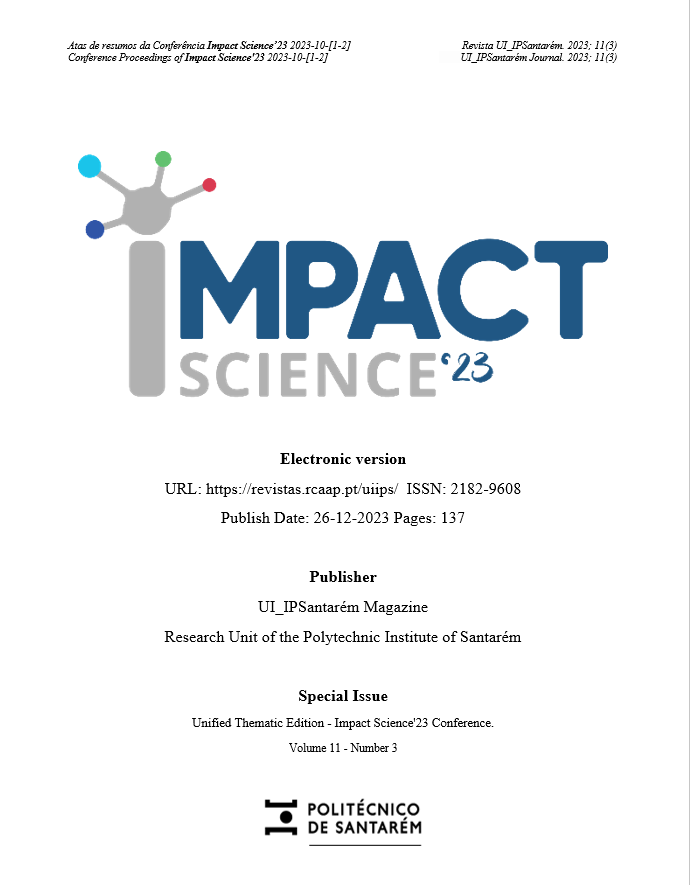Perspectives on copyright and plagiarism, in the context of Generative Artificial Intelligence
DOI:
https://doi.org/10.25746/ruiips.v11.i3.32523Keywords:
Copyright, Plagiarism, Machine Learning, GANs, Sentiment analysisAbstract
Although Artificial Intelligence for Content Generation, or Generative AI (GAI), is decades old, it is in the 2020s that it reaches such critical mass, that it is not easy to identify activity sectors immune to its applications and implications.
This article presents two perspectives, somewhat contrarian to popular opinion - as measured by social network sentiment analysis - on two problems that gained visibility with the massification of GAI and Machine Learning (ML) systems:
- The problem of copyright attribution to works based on these systems;
- ML-based applications for plagiarism control.
The current perception seems to be that:
- GAI-based creations cannot be protected by Copyright, because such protection is only available to humans, as seen in cases such as the photographer David Slater and the self-portrait of a macaque using his equipment, in which the United States Copyright Office recalled that "works by ... non-human entities are not eligible for copyright protection".
- Plagiarism detection has reached such levels of availability and acceptance, namely in the form of AI-based tools for Learning Management Systems (LMSs), that they are now trusted by many educators.
Our perspective is misaligned from these opinions, and can be summed up as follows:
- In fact, there is Copyright protection for any human-attributable work with a minimum of creative effort, so GAI-based tools that assist the process, are legitimate. The mere effort to identify, select and apply them should meet the requirements, with precedent in cases such as “Feist Publications, Inc. vs. Rural Telephone Service Co., Inc. ”, in which protection was granted to content directories, such as phone numbers, where it was considered that the “... selection and arrangement … constitute minimal creative effort ”.
- Regarding the detection of “plagiarism” by AI tools, in fact the expression commonly refers to the detection of similarities, not to the radical meaning of the term, which is the non-recognition of the work of others. Regarding assessing how much of a work is copied, in particular if some text is the output of an AI system, in the limit this detection is impossible and the available solutions are not reliable.
Almost paradoxically, it is the same GANS (Generative Adversarial Networks) that eventually support the confidence in solutions for this purpose, that also justify the perspective that there is no solution, on the long run. A GAN, is the opposition between a generator and an evaluator or discriminator system. The evaluator has “vast” knowledge of certain works, such as texts or real photographs; the generator begins by creating random outputs, which the discriminator will easily detect as a fake. As the process runs, both parts get better, but from a certain iteration, the generator is expected to produce content indistinguishable of reality. Thus, the very same approach that offers a solution to detection, is a solution to its defeat.
Downloads
Published
How to Cite
Issue
Section
License
Copyright (c) 2023 Artur Marques, Filipe Madeira

This work is licensed under a Creative Commons Attribution-NonCommercial-NoDerivatives 4.0 International License.
Authors publishing in this journal agree to the following terms:
Authors retain copyright and grant the journal the right of first publication, with the article simultaneously licensed under the Creative Commons Attribution License that allows sharing of the work with acknowledgement of authorship and initial publication in this journal.
Authors are permitted to enter into additional contracts separately for non-exclusive distribution of the version of the article published in this journal (e.g., publish in an institutional repository or as a book chapter), with acknowledgment of authorship and initial publication in this journal.
Authors have permission and are encouraged to publish and distribute their work online (e.g., in institutional repositories or on their personal webpage) at any point before or during the editorial process, as this may generate productive changes, as well as increase the impact and citation of the published work.



